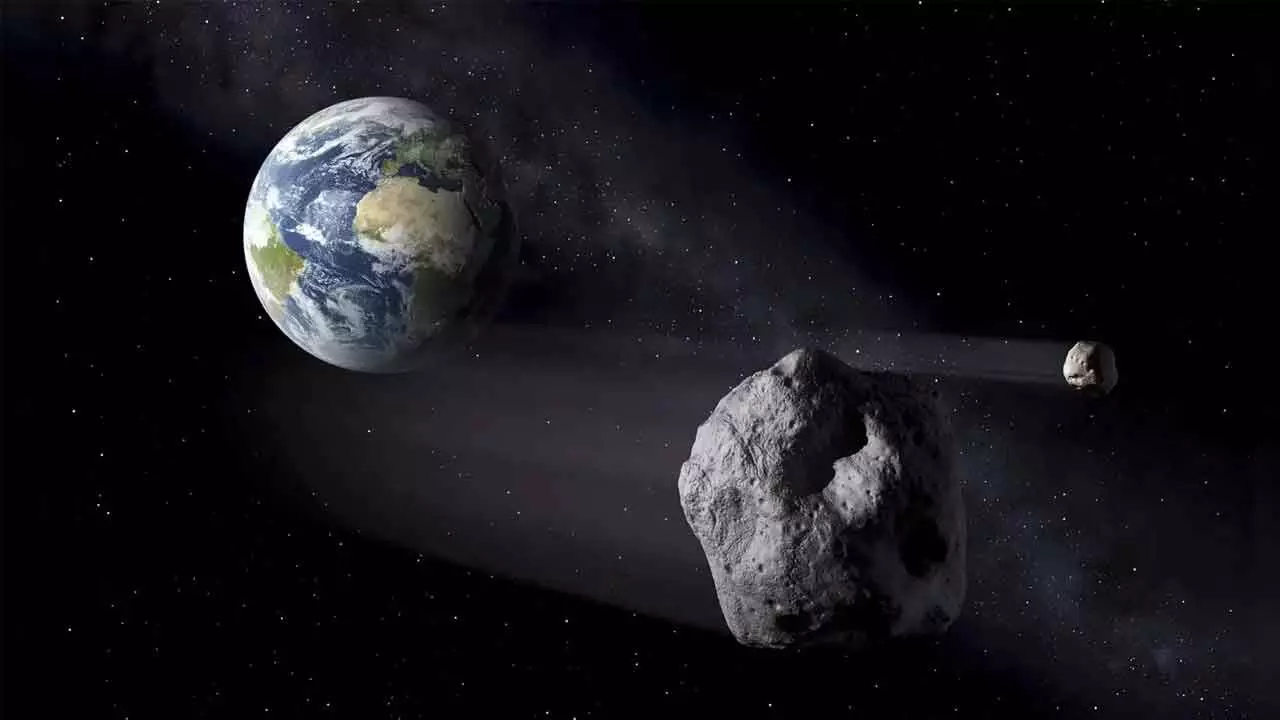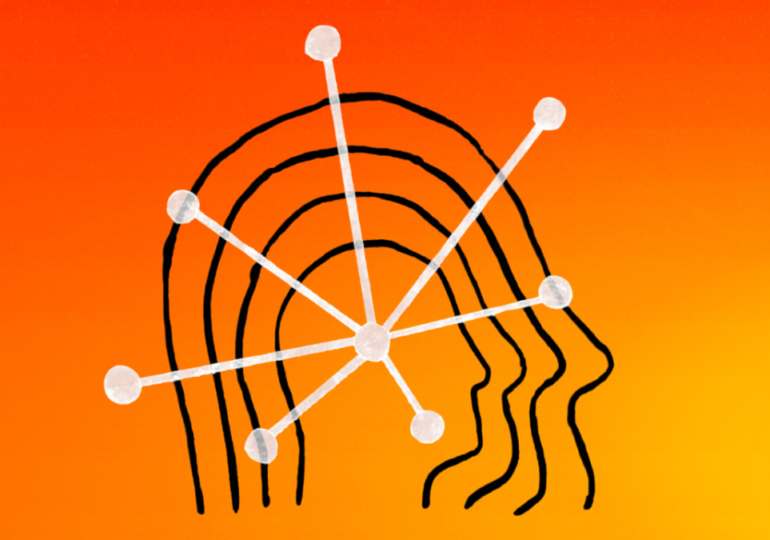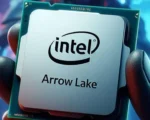Earth’s Brief Companion: Understanding Asteroid 2024 PT5’s Two-Month Lunar Journey

Asteroid 2024 PT5 will serve as a temporary mini-moon for Earth, orbiting our planet for a duration of two months
An asteroid named 2024 PT5, roughly the size of a city bus, is poised to become a “mini-moon” for Earth as it enters the planet’s gravitational field. This fascinating event is scheduled to occur on September 29, 2024, with the asteroid remaining in orbit until November 25, 2024. The term “mini-moon” refers to small celestial bodies temporarily captured by Earth’s gravity, a phenomenon that captures the interest of astronomers and space enthusiasts alike. Discovered in August by the ATLAS (Asteroid Terrestrial-impact Last Alert System) project, 2024 PT5 is an exciting addition to the catalog of near-Earth objects.
The Nature of Mini-Moons
Interestingly, mini-moons are not as rare as one might assume. They are generally small asteroids that come close enough to Earth to be caught by its gravitational pull. While 2024 PT5 is expected to remain in orbit for nearly two months, other similar mini-moons have been documented in recent years. For example, in 2020, an object initially thought to be a mini-moon was later confirmed as debris from a 1960s rocket launch. In contrast, 2024 PT5 is believed to be a genuine asteroid based on the findings of scientists at ATLAS.
A Temporary Visitor
Despite its classification as a mini-moon, 2024 PT5 won’t complete a full orbit around Earth. Instead, it will serve as a “temporarily captured flyby,” circling around roughly 25 percent of the planet’s surface before continuing its journey through the solar system. Such encounters are relatively common; many mini-moons do not linger long enough to establish a stable orbit, often slipping back into space shortly after their approach.
Monitoring and Observations
Astronomers are eager to observe 2024 PT5 during its two-month stay. This unique opportunity allows scientists to study its characteristics and trajectory closely. By tracking its movement, researchers can gather valuable data on the asteroid’s composition and behavior, which can inform future missions to similar near-Earth objects. The ability to monitor a mini-moon can provide insights into the dynamics of smaller celestial bodies in our solar system.
Potential for Future Missions
The transient nature of mini-moons like 2024 PT5 raises intriguing questions about future space exploration. As technology advances, capturing and studying such asteroids could become feasible for space missions. Understanding these mini-moons can enhance our knowledge of the materials that make up asteroids, which may have implications for resource utilization in space.
Conclusion
The impending arrival of 2024 PT5 as a temporary mini-moon offers a unique glimpse into the dynamic nature of our solar system. While this asteroid’s visit will be brief, it underscores the ongoing relationship between Earth and the myriad of celestial bodies that traverse our vicinity. Scientists and enthusiasts alike are looking forward to observing this remarkable event and the insights it may provide into the fascinating world of asteroids and mini-moons.














